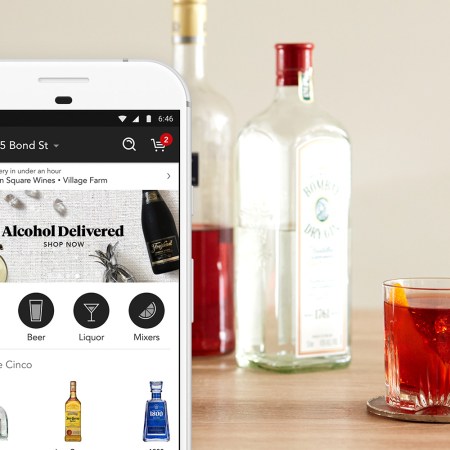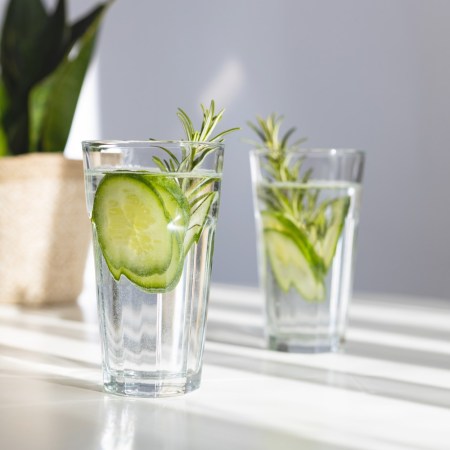“Alcohol is the anesthesia by which we endure the operation of life,” quipped George Bernard Shaw, probably breezing over his second gin and tonic.
And Sammy Davis Jr. once said that “Alcohol gives you infinite patience for stupidity,” which was probably the opinion of just about anyone who who endured the heyday of the Rat Pack.
But how much “anesthesia” and “patience” are necessary before they start dragging your love life down?
Here are some facts and fictions … along with at least one piece of good news.
Alcohol isn’t a “truth serum.”
A “wet brain” craves drama and eventually misery, which does not a healthy relationship make. Couples that binge so they can connect better also swing into heated exchanges more frequently, during which alcohol’s effects are often misinterpreted as a truth serum. But seeing someone’s alleged “true colors” can just as easily be written off the the fact that your partner’s motherboard is temporarily operating without rational circuitry.
It makes you misinterpret social cues.
One study revealed that men under the influence have difficulty interpreting empathy and perceiving positive and negative emotions accurately. Specifically, male alcohol addicts couldn’t read body language properly, distinguish their emotions from their peers’ in conversation, or comprehend irony. They also perceived negative emotions as expressing criticism, and positive emotions as expressing amusement. It’s hard enough to read a woman when you’re not on the sauce.
“Whiskey dick” (or “any booze dick”) is a real thing
Consistent overindulgence of alcohol can lead to erectile dysfunction. Too much hooch alters the nervous system and numbs sensations crucial for sexual arousal, orgasm and circulation. As alcohol dehydrates the body, the hormone angiotensin (responsible for erectile dysfunction) increases.
If one partner drinks more than another, you’ve got a problem
Relationships in which one partner abuses drugs or alcohol typically don’t last the long haul. Those couples tend to argue regularly about the habit, which leads the abuser to drink more, reinforcing discontent of the other partner. As the alcohol abuser slips away, it’s harder to pull him or her back. Some warning signs to look out for:
- Arguments about negligence related to alcohol use
- The sober partner having to cover for their drunk counterpart
- The alcohol abuser says he or she uses alcohol to reduce domestic stress
- Aggressive touching when either partner has been drinking
- One or both partners need to be intoxicated to show affection or discuss issues within the relationship
- Family counterparts are alienated from the drinking problem
If even one of these signs is present, it’s time for a sit down. Approaching your partner who may have a problem is a delicate dance. The one thing professionals advise not to do is launch an assault on your partner, which will likely cause a powder keg of destruction. With a light touch — i.e., not when he or she is loaded or hungover — express an emotional truth, like “You passed out on the floor last night with toothpaste all over your face.” Don’t itemize previous occurrences to him/her or devise an “action plan.” Just insist that the most recent situation wasn’t the first. Let the revelation brew a bit, then tiptoe towards a possible intervention.
If both partners drink … that might be good!
One study found that a marriage is more stable if both partners indulge. Both heavy-hitters and non-drinking couples averaged about a 30 percent divorce rate. But in relationships where one spouse boozes too much, the divorce rate ticked up to 50 percent. Essentially, in failed relationships, alcohol use was incidental of the real problem — a discrepancy in values.
That said, moderation is your best bet. Like James Thurber once said, “One martini is all right. Two are too many, and three are not enough.”
Astute words to live by.
Image via Cannon Film Distributors
The Charge will help you move better, think clearer and stay in the game longer. Subscribe to our wellness newsletter today.























